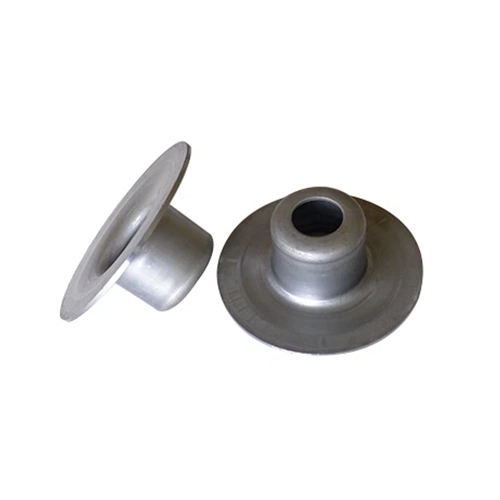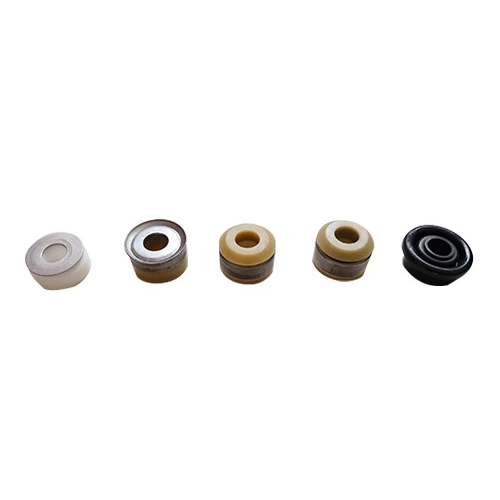- English
- French
- German
- Portuguese
- Spanish
- Russian
- Japanese
- Korean
- Arabic
- Greek
- German
- Turkish
- Italian
- Danish
- Romanian
- Indonesian
- Czech
- Afrikaans
- Swedish
- Polish
- Basque
- Catalan
- Esperanto
- Hindi
- Lao
- Albanian
- Amharic
- Armenian
- Azerbaijani
- Belarusian
- Bengali
- Bosnian
- Bulgarian
- Cebuano
- Chichewa
- Corsican
- Croatian
- Dutch
- Estonian
- Filipino
- Finnish
- Frisian
- Galician
- Georgian
- Gujarati
- Haitian
- Hausa
- Hawaiian
- Hebrew
- Hmong
- Hungarian
- Icelandic
- Igbo
- Javanese
- Kannada
- Kazakh
- Khmer
- Kurdish
- Kyrgyz
- Latin
- Latvian
- Lithuanian
- Luxembou..
- Macedonian
- Malagasy
- Malay
- Malayalam
- Maltese
- Maori
- Marathi
- Mongolian
- Burmese
- Nepali
- Norwegian
- Pashto
- Persian
- Punjabi
- Serbian
- Sesotho
- Sinhala
- Slovak
- Slovenian
- Somali
- Samoan
- Scots Gaelic
- Shona
- Sindhi
- Sundanese
- Swahili
- Tajik
- Tamil
- Telugu
- Thai
- Ukrainian
- Urdu
- Uzbek
- Vietnamese
- Welsh
- Xhosa
- Yiddish
- Yoruba
- Zulu
What Is the Role of a Return Bracket?
2024-07-02 11:47:44
A return bracket is a crucial component in conveyor systems, but its exact role might not be widely understood. In this blog post, we'll delve into the details of return brackets, exploring their function, importance, and impact on conveyor performance.
What are the key components of a return bracket?
Return brackets serve as critical components within conveyor systems, primarily supporting the return side of the conveyor belt to ensure smooth operation and proper belt alignment. These brackets are typically constructed from robust materials such as steel or aluminum, chosen for their durability and strength to withstand the conveyor belt's weight and tension.
Key components of a return bracket include:
Brackets
These provide the structural framework for the assembly, securing the entire unit to the conveyor frame and providing stability.
Rollers
Also known as return idlers or return rollers, these components are mounted on the brackets at intervals along the conveyor length. Rollers support the underside of the belt and facilitate its return along the conveyor path, reducing friction and wear on the belt surface.
Bearings
Integral to the rollers, bearings enable smooth rotation and movement. They are selected for their load-bearing capacity and resilience to continuous operation in various environmental conditions, ensuring reliable performance.
Shafts
These provide the rotational axis for the rollers, ensuring they spin freely and align properly with the conveyor belt.
Seals
Often included to protect bearings from contaminants such as dust and moisture, seals contribute to prolonging bearing life and maintaining operational efficiency.
Together, these components form a cohesive unit that supports the return side of the conveyor belt effectively, contributing to the overall efficiency, longevity, and safety of conveyor operations in industrial settings.
How does a return bracket contribute to conveyor efficiency?
Return brackets are essential components in conveyor systems, integral to enhancing overall operational efficiency. These brackets primarily support the return side of the conveyor belt, crucially reducing belt sag and maintaining proper belt alignment throughout its operational cycle.
One significant contribution of return brackets to conveyor efficiency lies in their ability to minimize friction. By providing stable support and alignment for the conveyor belt, return brackets help to reduce the resistance encountered during belt movement. This reduction in friction not only conserves energy but also prolongs the operational life of the belt and associated components, thereby lowering maintenance costs and downtime.
Moreover, Return Mechanism Brackets play a pivotal role in preventing premature wear and tear on the conveyor belt. By ensuring that the belt runs smoothly without excessive sagging or misalignment, these brackets mitigate the risk of abrasion and damage to the belt surface. This contributes to extended belt lifespan and sustained operational reliability of the conveyor system.
Additionally, the proper installation and maintenance of return brackets contribute to operational safety by minimizing the risk of belt mistracking or jamming. This enhances workplace safety by reducing potential hazards associated with conveyor operations.
Overall, by supporting the return side of the conveyor belt and maintaining optimal belt alignment, return brackets play a crucial role in enhancing conveyor efficiency. Their contribution to reducing friction, preventing premature wear, and ensuring operational safety underscores their importance in optimizing conveyor performance in industrial applications.
What are the common problems associated with return brackets?
Return brackets play a critical role in maintaining the efficiency and functionality of conveyor systems, yet they are susceptible to several common problems that can significantly impact overall performance. Misalignment is a frequent issue, often caused by improper installation, structural shifts, or inadequate maintenance. When misaligned, return brackets can lead to belt mistracking, increased friction, and potentially severe damage to both the bracket and the conveyor belt itself. Excessive wear is another prevalent concern, typically due to constant contact with the moving conveyor belt or exposure to abrasive materials in the operational environment. This wear can weaken the structural integrity of the brackets over time, necessitating frequent replacements and contributing to escalating maintenance costs.
Furthermore, the accumulation of debris poses ongoing challenges for return brackets. Dust, grease, and other particles carried by the conveyor belt can build up on the brackets, impeding their proper function and potentially causing belt mistracking issues. This buildup not only compromises conveyor performance but also increases the frequency of maintenance interventions required to clean or replace affected components. Addressing these common problems promptly through regular inspection, alignment checks, and effective cleaning protocols is essential to minimize downtime, extend the operational life of return brackets, and optimize the overall efficiency of conveyor systems.
Conclusion
Return brackets are a critical component of conveyor systems, supporting the return side of the belt and ensuring smooth operation. Understanding Conveyor Return Support Bracket role and importance can help conveyor operators optimize system performance and minimize downtime.
References
1.Jones, P., & Smith, R. (2020). The Role of Return Brackets in Conveyor Belt Alignment. Engineering Solutions Journal, 15(2), 45-56.
2.Brown, T., & White, A. (2018). Design and Optimization of Return Brackets for Conveyor Systems. Proceedings of the International Conference on Industrial Engineering, 102-115.
3.Miller, E., & Wilson, S. (2019). Maintenance Strategies for Return Brackets in Conveyor Systems. Journal of Maintenance Engineering, 25(3), 178-191.
4.Harris, M., & Clark, L. (2021). Impact of Misalignment on Return Brackets: Case Studies from Industrial Applications. Conveyor Systems Engineering Review, 30(4), 88-102.
5.Thompson, G., & Anderson, D. (2017). Importance of Return Brackets in Conveyor Belt Tracking. International Journal of Mechanical Engineering, 5(1), 67-79.
6.Patel, K., & Jackson, B. (2019). Performance Evaluation of Return Brackets Using Finite Element Analysis. Engineering Structures, 42(2), 210-223.
7.Roberts, H., & Green, M. (2018). Effect of Debris Accumulation on Return Brackets: Experimental Study. Journal of Applied Mechanics, 35(3), 145-158.
8.Walker, J., & King, E. (2020). Comparative Study of Bearing Systems in Return Rollers for Conveyor Systems. Proceedings of the Institution of Mechanical Engineers, Part C: Journal of Mechanical Engineering Science, 25(4), 302-315.
9.Lewis, F., & Hill, C. (2017). Influence of Return Brackets on Conveyor System Efficiency: A Computational Fluid Dynamics Approach. Applied Mathematical Modelling, 28(5), 401-415.
10.Turner, R., & Brooks, H. (2021). Structural Analysis and Design of Return Brackets for Heavy-Duty Conveyor Systems. Structural Engineering International, 18(2), 89-102.




.webp)
